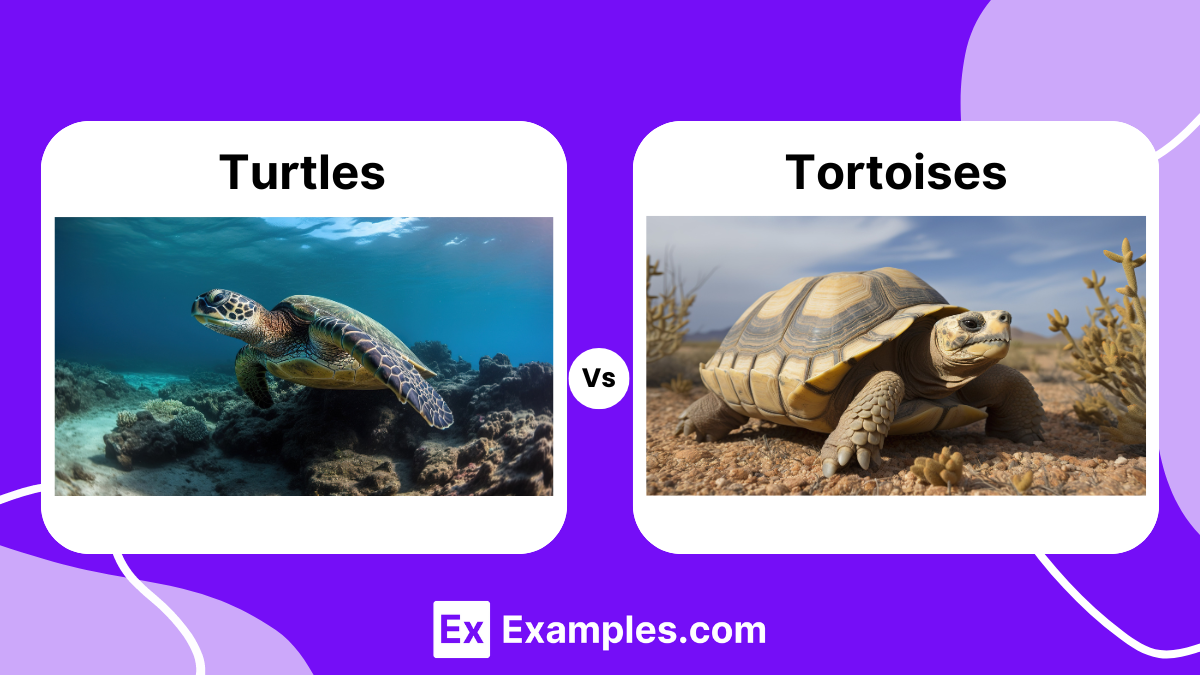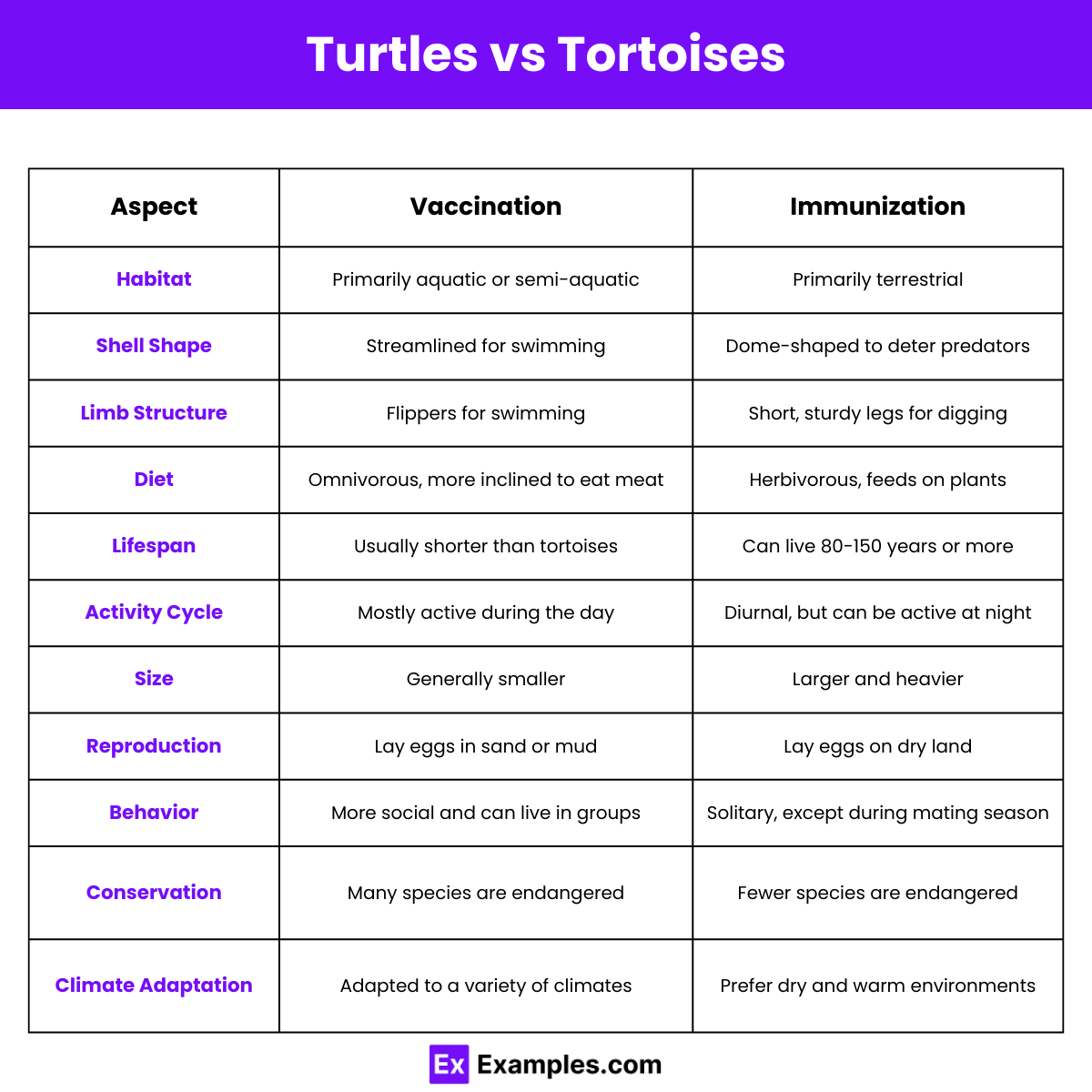What is the primary difference in habitat between turtles and tortoises?
Turtles live exclusively in water, while tortoises live on land
Turtles live on land, while tortoises live in water
Turtles can live in both water and land, while tortoises only live in water
Turtles live in tropical climates, while tortoises live in temperate climates




